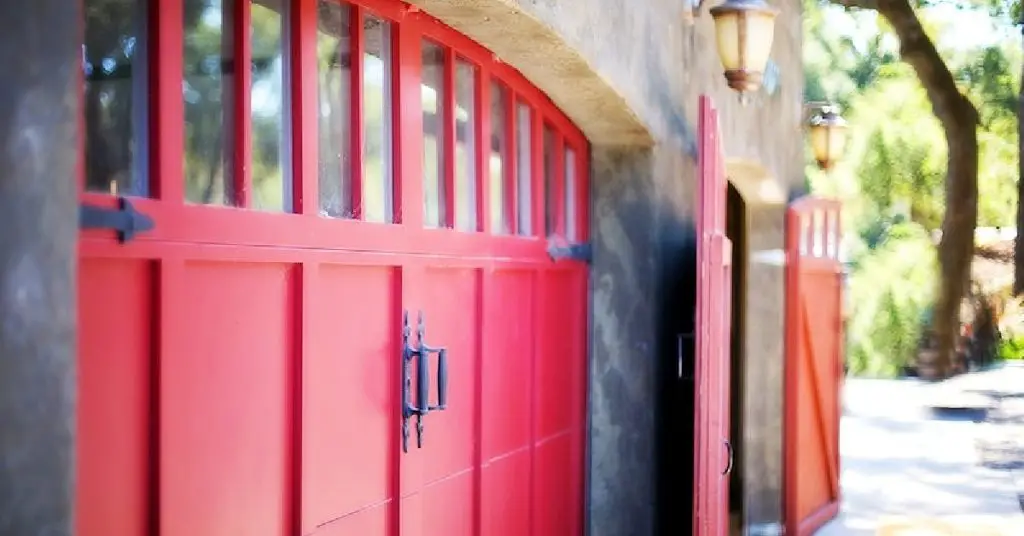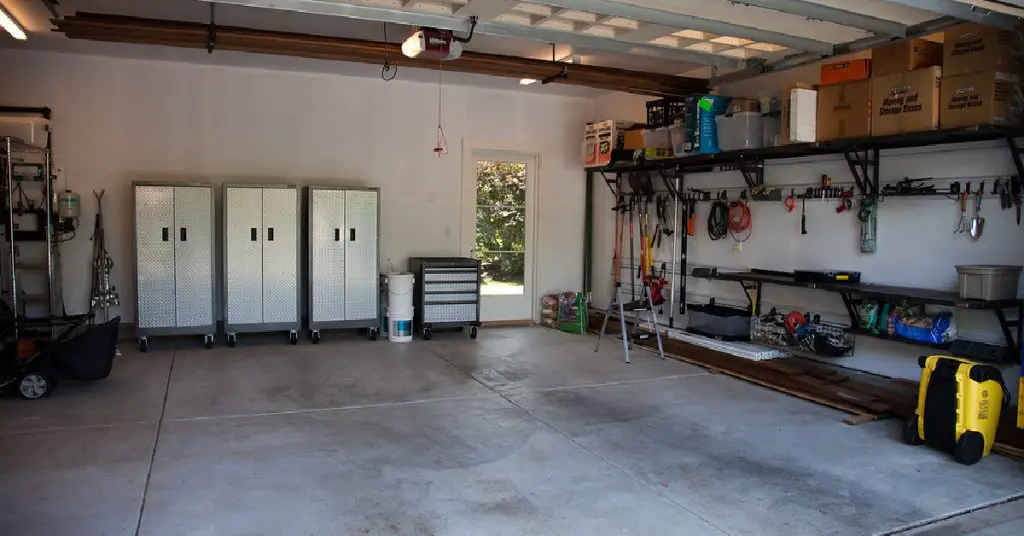Adding a garage to your existing house can provide numerous benefits, from extra storage space to a dedicated workshop or even a place to park your vehicles. Whether you choose to attach the garage directly to your house or opt for a detached structure, careful planning and consideration are essential to ensure a successful project. In this comprehensive guide, we will explore the key steps involved in how to attach a garage to existing house, providing you with valuable insights and tips to make informed decisions.
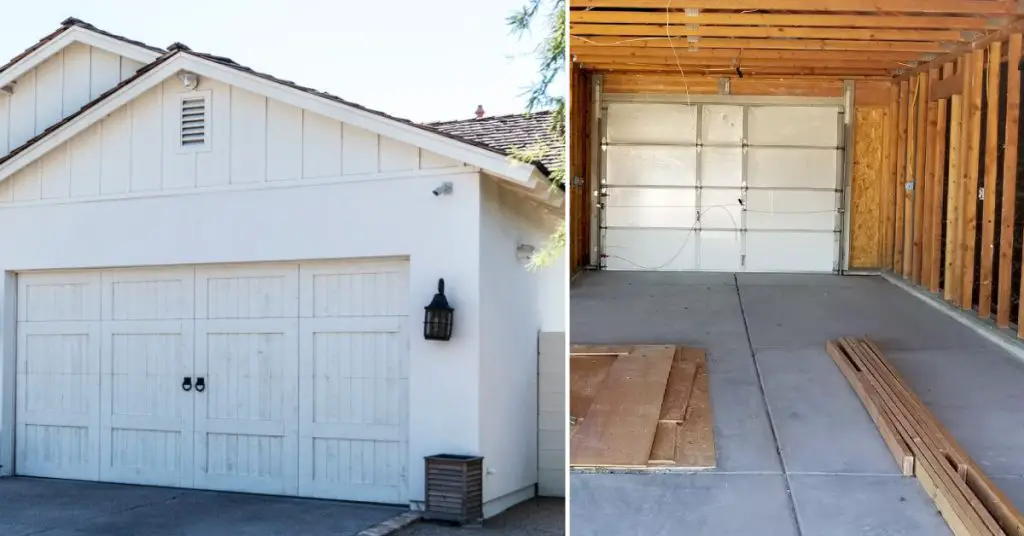
12 Easy Steps for How to Attach a Garage to Existing House
Here are 12 easy steps for how to attach a garage to existing house:
Step 1: Assessing Your Needs and Local Regulations
Before embarking on a garage addition project, it’s important to determine your specific needs. Consider how you plan to use the garage – as a parking space, storage area, workshop, or multifunctional room. This will help you determine the size and design of the garage.
Additionally, familiarize yourself with the local zoning and building codes. Visit your local planning department to understand setback requirements, maximum height limits, and any other regulations that might impact your garage addition. Being aware of these guidelines will ensure that your project complies with local regulations and avoids any potential issues in the future.
Step 2: Choosing Between an Attached or Detached Garage
The next decision you’ll need to make is whether to attach the garage directly to your house or opt for a detached structure. Both options have their advantages and considerations.
A. Attached Garages
Attaching a garage to your existing house offers convenience and accessibility. It allows for easy entry and exit from your home, especially during inclement weather. Attached garages can also provide additional living space if connected to a main hallway or utility area.
When considering an attached garage, it’s crucial to select a suitable location that complements your house’s architecture. You’ll want to ensure that the garage integrates seamlessly with your home’s design, including matching roof lines, exterior finishes, and door styles.
B. Detached Garages
A detached garage offers more flexibility in terms of design and placement. It can be located anywhere on your property, providing more freedom in terms of size and orientation. Detached garages are an excellent option if you have limited space near your house or if you prefer to keep the garage separate from your living area.
Detached garages also provide advantages in terms of noise and fume control. If you plan on using the garage as a workshop or for other activities that might generate noise or odors, a detached structure can help minimize disturbances to your home.
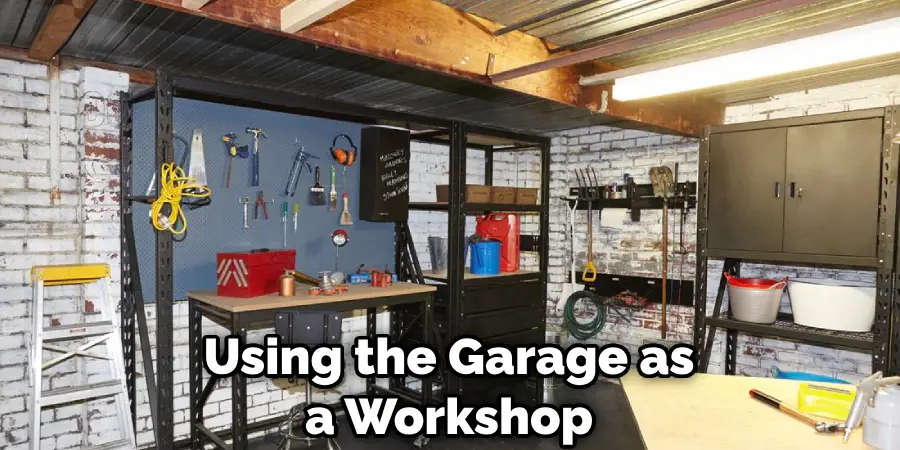
Step 3: Determining the Size of the Garage
The size of your garage will depend on several factors, including the number of vehicles you plan to accommodate and any additional space requirements for storage or other purposes. As a general guideline, a single-car garage should be at least 14 feet wide by 20 feet long, while a two-car garage should have a minimum width of 20 feet and a length of 24 feet.
It’s important to consider potential future needs when determining the size of your garage. Allow for extra space to accommodate larger vehicles or additional storage requirements. Keep in mind that building a slightly larger garage than initially planned can save you from potential space constraints in the future.
Step 4: Designing the Garage Plans
Once you have determined the size and type of garage you want, it’s time to design the plans for your project. Collaborating with an experienced architect or designer is highly recommended during this stage. They will help ensure that the garage plans align with your vision and comply with local building codes.
When designing the garage plans, consider factors such as the roofline, exterior finishes, and the placement of windows and doors. Aim for a cohesive design that blends harmoniously with your existing house, enhancing its overall aesthetic appeal. Additionally, incorporate features that suit your specific needs, such as insulation, electrical outlets, and adequate lighting.
Step 5: Obtaining the Necessary Permits
Before commencing construction, it is essential to obtain the required building permits from your local authorities. Building permits ensure that your project adheres to safety standards and building codes. Consult with your local planning department to understand the specific permits and documentation required for your garage addition.
Working with a licensed contractor or builder who is familiar with the permit application process can streamline the approval procedure. They will help ensure that all necessary documentation, including architectural drawings and engineering plans, is submitted accurately and on time.
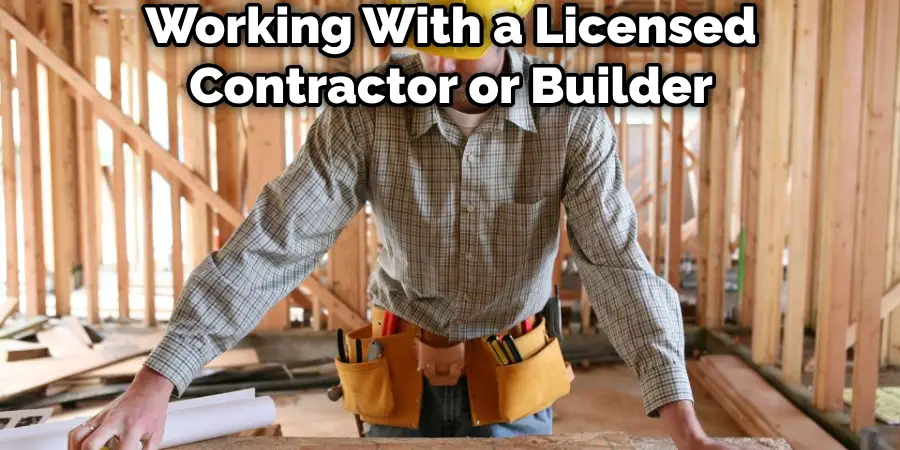
Step 6: Financing and Construction Planning
Building a garage is a significant investment, so careful financial planning is crucial. Explore different financing options, such as home improvement loans or refinancing your mortgage, to determine the most suitable approach for your budget and financial goals. Consult with your financial institution to understand the terms and conditions associated with each option.
Once the financing is in place, it’s time to plan the construction process. Depending on your preferences and skill level, you can choose to hire a general contractor to oversee the entire project or act as your project manager and hire subcontractors for specific tasks. Proper scheduling and coordination of different trades involved in the construction process are key to ensuring a smooth and efficient workflow.
Step 7: Construction and Execution
With the necessary permits and financing secured, and your construction plans in place, it’s time to begin the construction phase. Depending on the complexity of the project, construction timelines can vary.
Ensure that the construction site is properly prepared, including any necessary excavation or grading work. The foundation and framing of the garage will be critical to its structural integrity. Hiring experienced professionals for these tasks is highly recommended to ensure accuracy and compliance with building codes.
Throughout the construction process, regular inspections should be conducted to verify compliance with local regulations and to address any potential issues promptly. This will help ensure that the garage is built to the highest standards of quality and safety.
Step 8: Selecting the Right Garage Door
The selection of a suitable garage door is an essential aspect of your garage addition project. The garage door not only contributes to the overall aesthetics of your home but also plays a crucial role in security and functionality.
Consider factors such as the material, style, insulation, and security features when choosing a garage door. Consult with a reputable garage door supplier to explore different options and find the perfect fit for your garage.

Step 9: Adding the Finishing Touches
As the construction nears completion, it’s time to focus on the finishing touches that will transform your garage into a functional and visually appealing space. This includes interior finishes, such as insulation, drywall, and paint, as well as the installation of lighting fixtures, windows, and flooring.
If you plan on using the garage for specific purposes, such as a workshop or gym, consider incorporating specific amenities and features to enhance functionality. This may include additional electrical outlets, specialized flooring, or storage solutions tailored to your needs.
Step 10: Landscaping and Exterior Integration
To achieve a cohesive look, it’s important to consider the landscaping and exterior integration of the garage with your existing house. Pay attention to details such as driveway design, walkways, and exterior finishes to create a seamless transition between the garage and the surrounding landscape.
Planting shrubs, flowers, or trees around the garage can help soften its appearance and integrate it into the overall aesthetic of your property. Consult with a landscaping professional to design a landscape plan that complements your garage and enhances the curb appeal of your home.
Step 11: Final Inspections and Approvals
Before considering the garage project complete, it’s crucial to undergo final inspections and obtain the necessary approvals from local authorities. These inspections ensure that the construction has met all safety and building code requirements.
Coordinate with your contractor or builder to schedule the final inspections promptly. Address any identified issues or deficiencies promptly to ensure compliance and the successful completion of your garage addition.
Step 12: Enjoying Your New Garage
Once all approvals and inspections are complete, it’s time to start enjoying your new garage. Whether it’s providing you with additional storage space, a dedicated workshop, or a secure place to park your vehicles, your garage addition will enhance the functionality and value of your home.
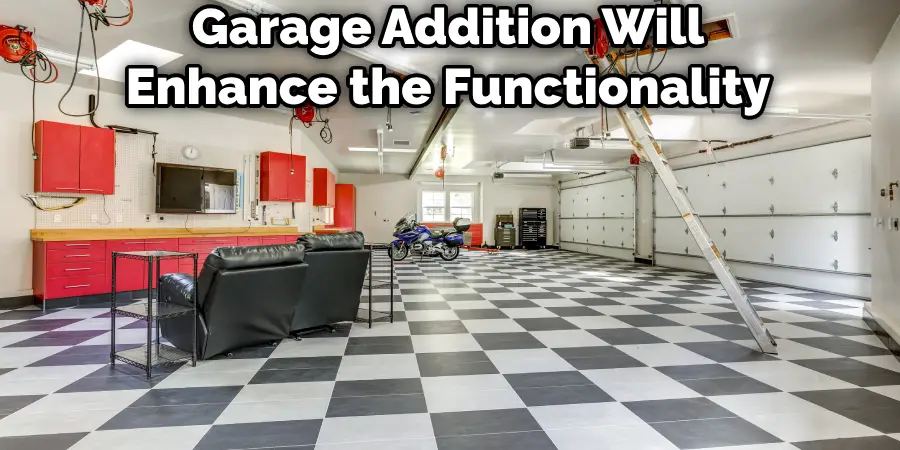
Take the time to organize and personalize the interior of your garage to suit your specific needs. Consider adding storage cabinets, workbenches, and shelving systems to maximize space utilization and create an efficient and organized environment.
FAQs How to Attach a Garage to Existing House
Can You Add a Garage to an Existing House?
Yes, it is possible to add a garage to an existing house. Consider the available space, local regulations, and whether you want an attached or detached garage. Consult with professionals to assess feasibility, obtain permits, and plan the project. Adding a garage can enhance your home’s functionality and value.
Can I Connect My Garage to My House?
Yes, it is possible to connect your garage to your house by building an attached garage. This type of garage is physically connected to the house, allowing for direct access between the two structures. However, it is important to consider factors such as available space, local building codes, and any necessary permits before proceeding with the project. Consulting with a professional architect or contractor can help ensure that the connection is structurally sound and meets all requirements.
Is It Cheaper to Add Attached or Detached Garage?
The cost of adding an attached or detached garage can vary depending on various factors such as location, size, materials, and complexity of the project. In general, attached garages tend to be more cost-effective than detached garages. This is because attached garages can utilize existing walls and foundations from the main house, reducing the need for additional construction. Detached garages require separate foundations, walls, and roofing, which can increase the overall cost. However, it is important to consult with professionals and obtain accurate estimates based on your specific circumstances and requirements.
Should I Attach My Garage to My House?
The decision to attach or keep your garage detached from your house depends on your preferences and needs. Attaching the garage offers convenience and direct access, while a detached garage provides privacy and flexibility in design. Consider your lifestyle and property layout to make the best choice for your situation. Consulting with professionals can help you make an informed decision.
Conclusion
Attaching a garage to your existing house is a significant undertaking that requires careful planning and execution. By following the steps outlined in this comprehensive guide, you can ensure a successful garage addition project that meets your needs and enhances the value of your property. Remember to consult with professionals, adhere to local regulations, and prioritize quality and functionality throughout the process. With proper planning and attention to detail, you’ll soon enjoy the benefits of your new garage space.

